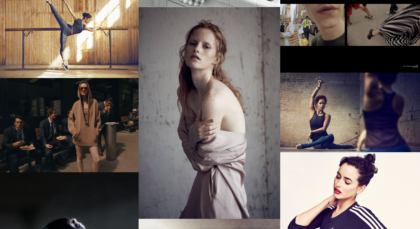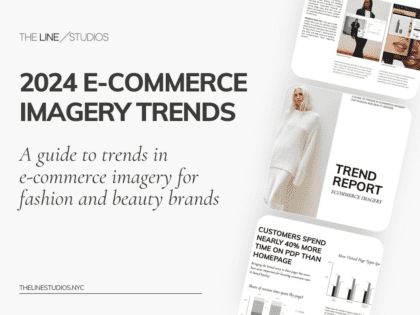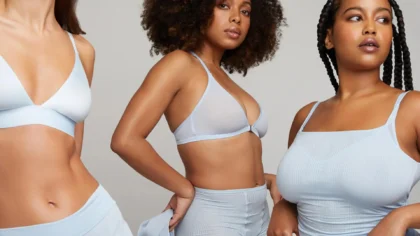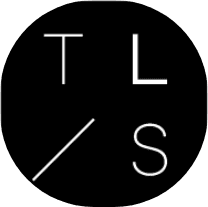Even in the best of times, optimizing our creative production dollars requires that we always keep efficiency in mind. And now, amid uncertainty, it’s the perfect time to scrutinize our creative strategy and get a clear view of where we’re allocating our creative production dollars. Is the imagery being produced as efficiently as possible? Are there ways to cut costs without compromising imagery quality (and thereby sales)?
The good news is – yes! We’ve noticed some really exciting creative trends in product photography that will solve these challenges. Many direct-to-consumer brands, as well as multi-brand retailers, have moved towards more “Agile Imagery.”
What is Agile Imagery?
Agile Imagery is when a single asset can be utilized across multiple channels: on a brand’s homepage, on the product listing page, product detail page, digital ad campaigns, social feeds, and the list goes on. One image, multiple uses.
Essentially, it’s making your images work harder for you.
Normally, the more editorialized imagery used by the marketing team is designed to drive top-of-the-funnel awareness – it is meant to evoke an emotional connection with the brand. The more detailed (and sometimes less glamorous) product shots are needed on the product listing page and product detail page to drive conversion.
Historically, there has been a distinct difference between the two. Until now…
Agile Imagery For Any Evolving E-Commerce Experience
Let’s start with WHY brands are moving towards Agile Imagery – it’s a trend that will certainly be picking up speed in the seasons to come. Then, we’ll dive into HOW to create these types of assets.
A Brand’s Unique Point-of-View Must be Clear, No Matter Where in the Funnel the Image Appears
Whether it’s a Pinterest Ad, an Instagram story, or a Facebook update, there are an enormous number of places where brands need to be present to reach their customer. And, when their image does pop up, they have a split second to capture attention.
A functional but basic product-on-white, mannequin-style photo might display the product beautifully, but does it show the product in a unique and on-brand way? Will it cut through the scrollable sea of eye candy?
A better approach is to create a product image that stands on its own, capturing the essence of the brand through inspiring styling and composition. It will differentiate both the brand and the product.
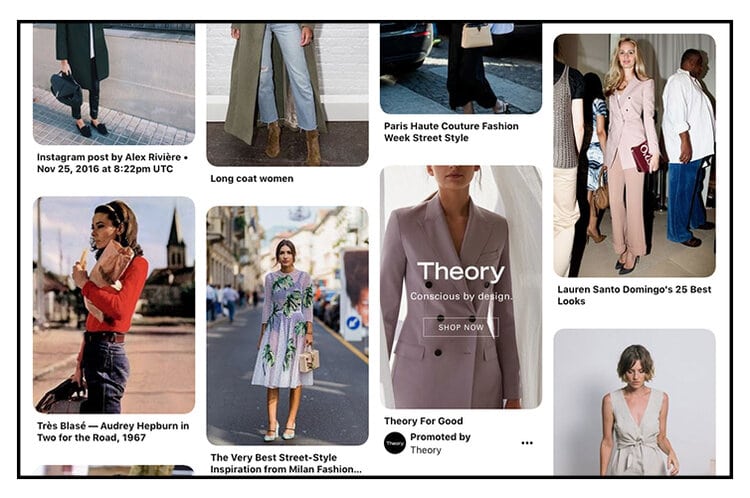
Customers Have A Lot of Options Online (like, A LOT)
When it comes to online destinations, customers have near-limitless options. And this will only increase as brands focus more on their e-commerce capabilities to offset lost in-store revenue. Shoppers might be able to buy the same, or similar, product on a multitude of different sites. A brand needs to make an emotional connection with its customer – and KEEP that connection – throughout the entire shopping experience. This should not end on the product listing page, or product detail page.
Product photography that feels unique to the brand helps to create a special customer experience, making them more likely to have a sense of urgency to make a purchase.
Thinking about your favorite brands, you can likely relate….and know the difference between “This is kinda cute….let me check if I can find something similar for a better price.” and “OMG I need to have this NOW.”
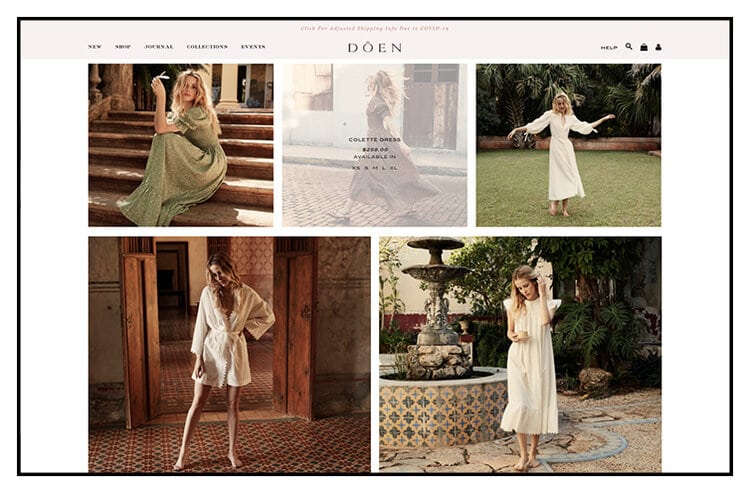
The Digital Storefront is Ever-Evolving, and Product Photography is Following Suit
The line between content and commerce continues to blur.
We are seeing a strategic shift in design as brands move away from the formulaic approach of main homepage ‘hero’ images that lead to large grids of product listing pages and towards a more dynamic and integrated experience.
Customers can frequently find product details on the home page, coupled with the ability to add-to-cart. On the flip side, they may view an editorialized image on a product detail page, which gives a better sense of the product.
This means that editorialized product images allow the site design to be less restrictive, and an agile asset will feel just as at home on the main page as on the PDP.
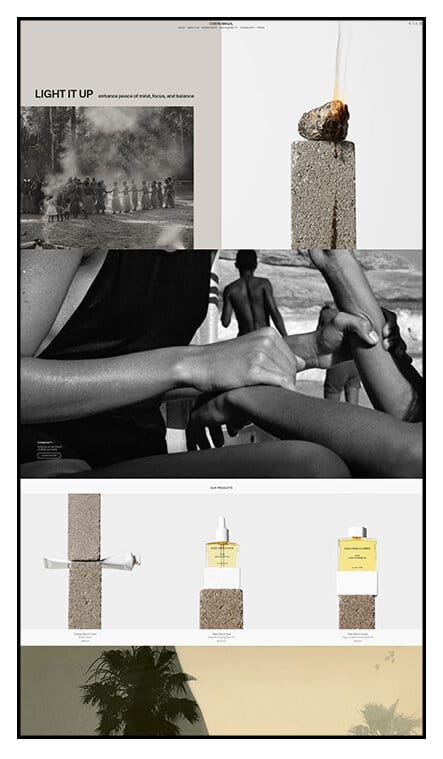
Turning Your E-Commerce Imagery Into Agile Assets
So how can a brand make the switch from straight-forward product-on-white imagery to rich, branded photos that speak clearly and beautifully for your brand?
The Line Studios has created a very useful exercise for our clients to make sure each and every creative decision regarding their product photography comes from an informed place. We’ve assigned 4 attributes to a product image and written a short explanation of how we think about each one:
Brand: How much of your brand VOICE FILTERS through your product photography?
Picture a sliding scale that moves from ‘No Expression’ to ‘Highly Expressive’. Where does your brand sit when it comes to your product images? If you are a multi-brand retailer, the answer might need to be further towards ‘No Expression,’ simply because you need to be able to express many other brands, not just your own.
We often look to Net-a-Porter and Moda Operandi as leaders in the multi-brand space, and they have been pushing further into the branded product imagery direction lately. This serves them well and definitely means that their images are more recognizable as their own, rather than, say, Neimans or Saks.
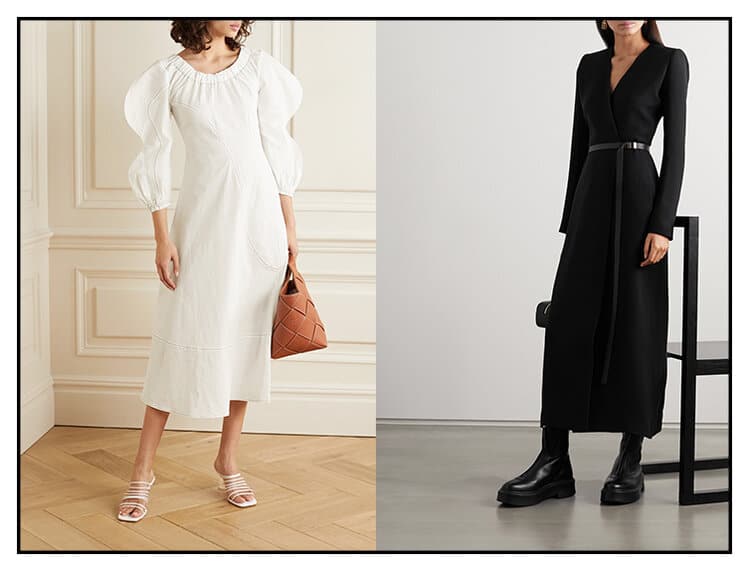
Styling: Can your e-commerce styling help bring your brand to life?
Styling can play an enormous role, all on its own, to bring a unique perspective to your brand and inspire your customers to visualize how your product might fit into their own wardrobe.
If you previously played it safe here – perhaps styling work pants with the same black pumps over and over – then it could be a great opportunity to let the customer see how versatile your product can be. We love how our client MM LaFleur mixed up their styling for their recent brand refresh – you can envision how this woman lives, and even get ideas on how the pieces will fit into your own closet.
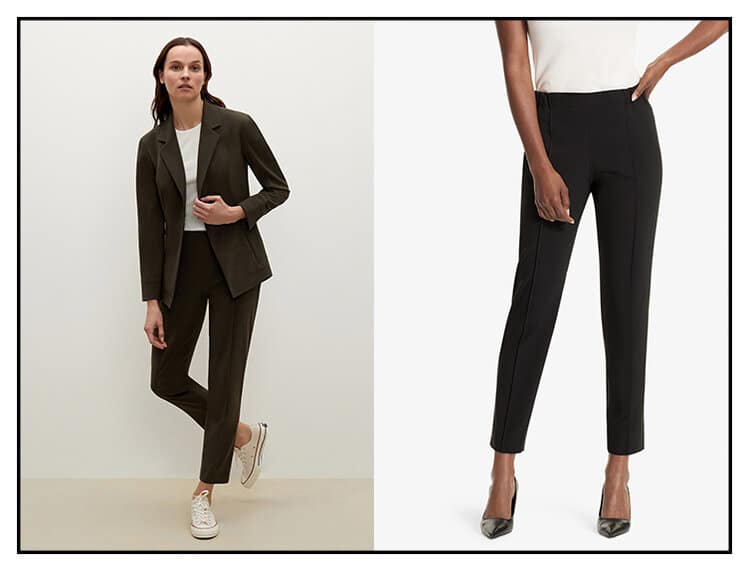
Environment: Which elements help bring your brand to life?
Backgrounds and props can greatly contribute to the brand vibe for your product imagery. For example, choosing a tonal gray or ivory white can go a long way in differentiating your photos. Even a simple corner where the model can lean on a wall, sit on the floor, or generally interact with her environment allows for lovely compositions and moments.
Props – things like a stool, chair, or even books and a desk – all create small moments for the model to move in interesting ways. It gives much more variety and allows for more personality to come through. Each of the items that are in the frame helps to portray your brand. Is the stool a rustic wood? A clean, modern piece? Or does it add a pop of on-brand, playful color?
There are so many ways for a brand to differentiate themselves.
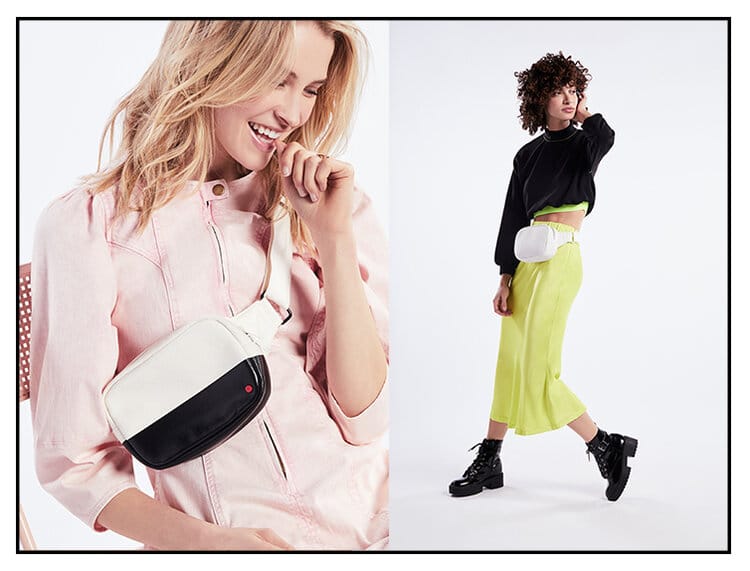
Views and Crops: How can they contribute to a more dynamic image?
Finally, think through which views will be most compelling and how to crop the shots.
Views can be fairly standard, capturing the basic front, back, side, and detail. Or they can vary, giving the photographer, stylist, or art director more freedom to decide on set and capture what they feel is the most compelling detail of the product.
Crops also factor in here: they can remain consistent throughout, or you can switch them up to create a dynamic – and less predictable – experience on the PDP and PLP.
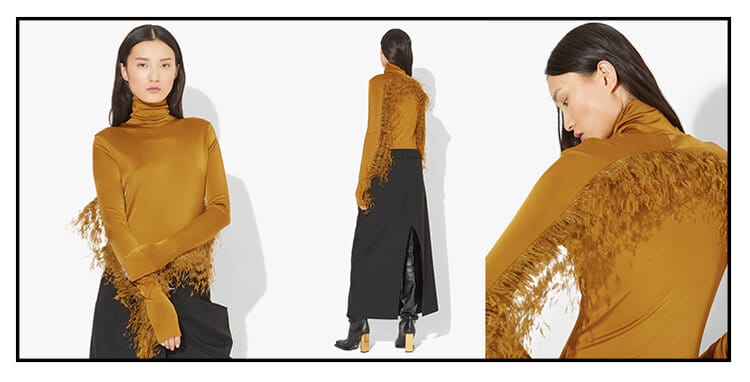
As you navigate each of the aforementioned creative choices, it’s paramount to consider how each decision will influence your creative production dollars. But this is where the give/take comes into play.
Read More: 4 Top Tops Frm A Leading Creative Art Director on How to Maximize Your Photo Shoot
We believe creating Agile Imagery is a solution that satisfies both the red-pen-wielding cost-cutters AND the brand stewards. An efficiency-driven approach of making one shot serves two purposes: editorialized visuals that can work at point-of-sale.
By investing more of your creative production dollars into a brand-centric image, you can potentially divert funds typically allocated for ad campaigns and social feeds toward the product shoot, thereby saving money while injecting more brand personality into every part of the sales funnel.
We work diligently with our clients, ensuring their creative production dollars are used wisely. Our expertise in scaling projects both up and down is proving invaluable, especially in these unpredictable times. If you are looking for creative production support, or just want to ask us a few questions, don’t hesitate to reach out to us directly at hello@thelinestudios.nyc.

